In August of 2019, Pixelogic Media was in the throes of a full-blown data storage crisis. Having noticed that almost 100 percent of on-prem storage space was being used, Rick Soto, VP of Global IT Infrastructure at Pixelogic Media recognized the pressing need for a sustainable archiving solution to ensure the shifting of files that weren’t being used from on-prem to a different location. Pixelogic did not have an existing archiving process and any previous efforts to clear up on-prem storage space primarily consisted of shifting files to LTO storage.
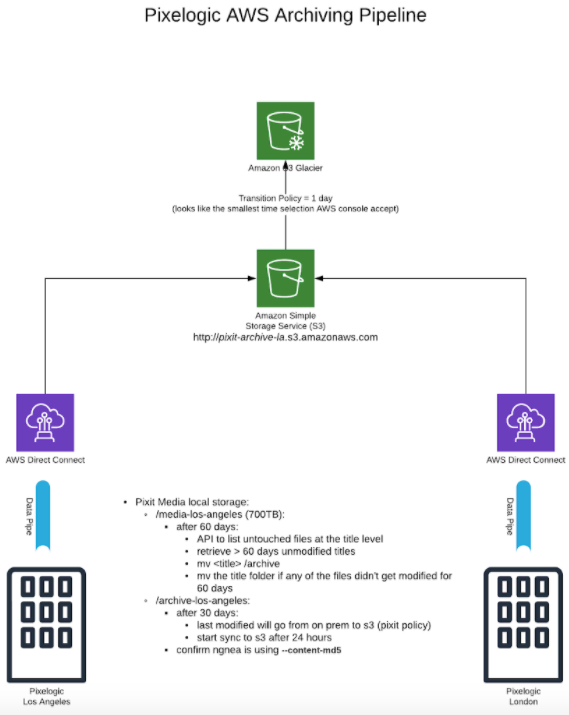
“[The challenge] is with people utilizing storage as a parking lot. So [the problem] was primarily storage management. A lot of times we do need to keep data based on SLAs.e recently did an assessment of all our content owners that we currently work with. We took what their requirements are of how long we need to keep their content when it lands at our location and it’s actually quite scary… Some of their storage requirements could be for 60 days, some could be 90, and some could be ‘indefinitely’. Taking the estimate of how much data comes in on a monthly basis per client, the actual storage requirements could be astronomical.”
– Rick Soto, VP of Global IT Infrastructure, Pixelogic Media
Recognizing TrackIt’s expertise in AWS, Rick decided to partner with TrackIt to build an archiving pipeline for Pixelogic Media. In addition to finding a long-term solution for Pixelogic’s storage problem, Rick was also interested in working with TrackIt to figure out how much they could offload and leverage AWS in regards to compute, automation, and distribution of content.
“Ludovic Francois and I have been in constant communication over the last year and what he and his team have been doing really enticed us to leverage the expertise of TrackIt.”
– Rick Soto, VP of Global IT Infrastructure, Pixelogic Media
Contents
The Archiving Process
Ngenea, Pixit Media’s HSM identifies files that haven’t been used for 60 days. These files are moved to a dedicated archiving S3 bucket where they remain for a period of 24 hours – the smallest time selection that AWS permits for S3 storage. After the 24 hours have elapsed, the files are automatically pushed into an S3 Glacier Deep Archive Bucket where they will be stored indefinitely and can be retrieved within 12 hours or less to AWS S3.
Optimizing Archiving Costs: Glacier Deep Archive vs. S3
We have built a simple calculator that compares capacity costs for various AWS storage offerings versus how long the data will be stored. It does take into account minimum retention requirements. The calculator can be found at:
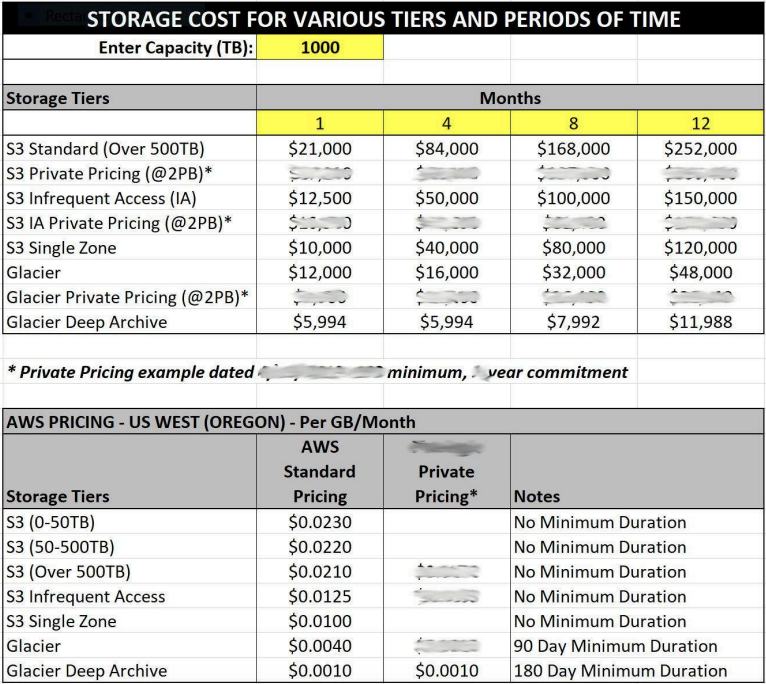
Pixit Media’s PixStor Ngenea HSM
With a colossal number of files that needed to be sifted through, there was an evident need for a solution that could streamline the process of identifying files that had to be archived. This pivotal role was played by Pixit Media’s PixStor Ngenea HSM.
PixStor Ngenea HSM transparently tiers media assets based on policies (for example, untouched assets over 60 days old) from high-performance storage to cost-effective, highly-protected object, tape, and cloud storage.
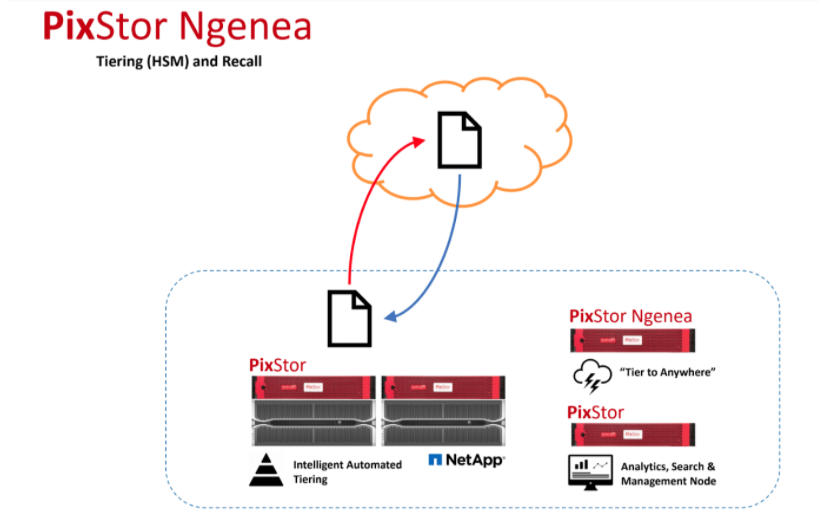
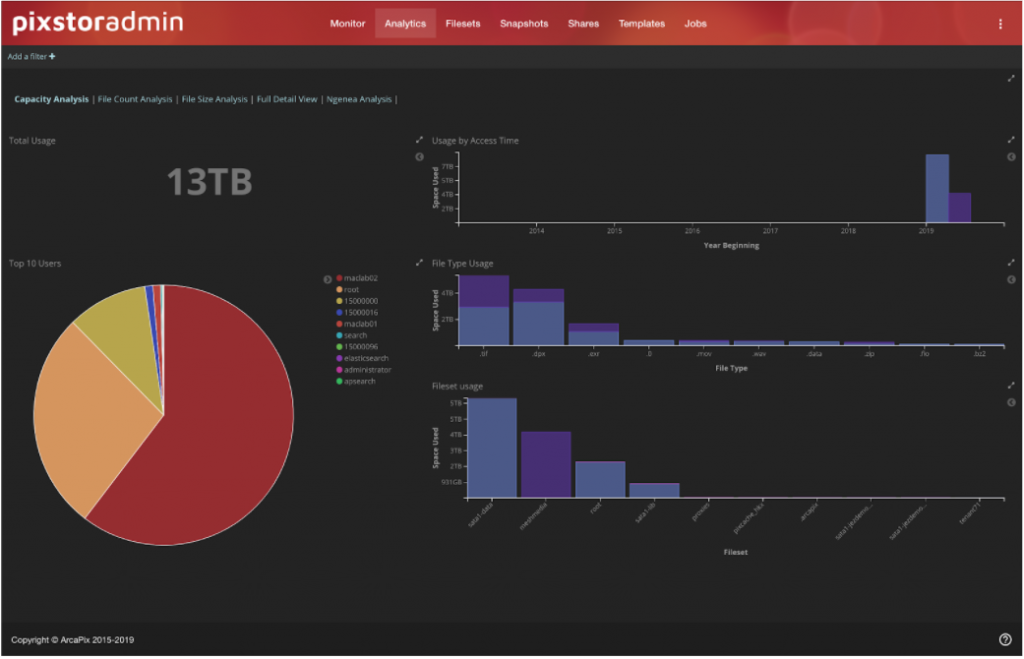
PixStor Ngenea’s search function simplifies the process of finding migrated assets among vast cloud or object stores. PixStor Search performs 3 functions:
- It automatically harvests user and application metadata
- It instantaneously finds archived assets
- It recalls archived assets seamlessly to production storage when needed
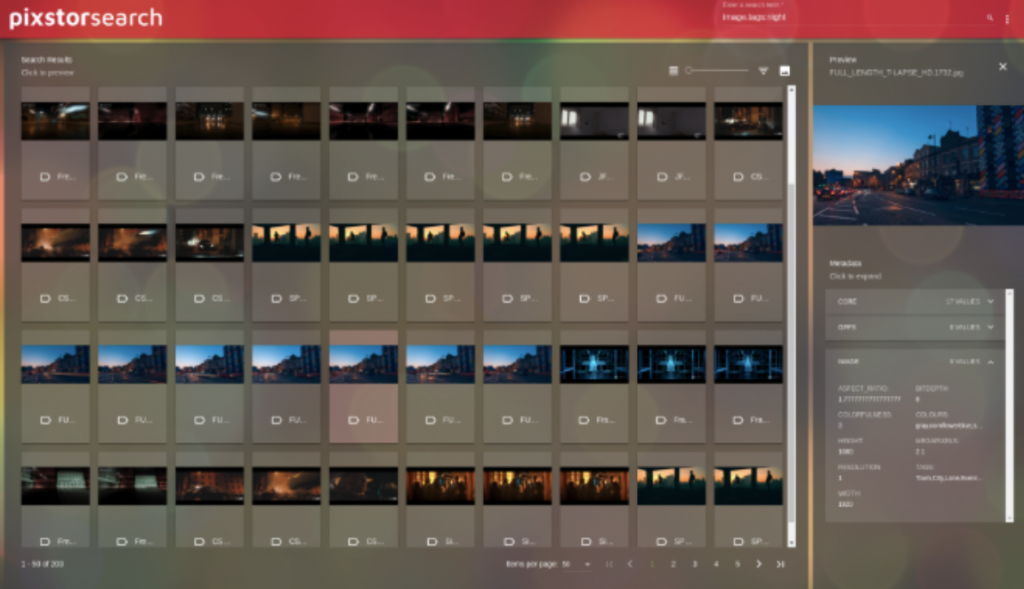
Additional Storage Space, Flexibility, and Cost Savings
Rick mentions two big wins from this project:
- Data cleared on-prem
- [Metrics/percentage of on-prem data that has been cleared up]
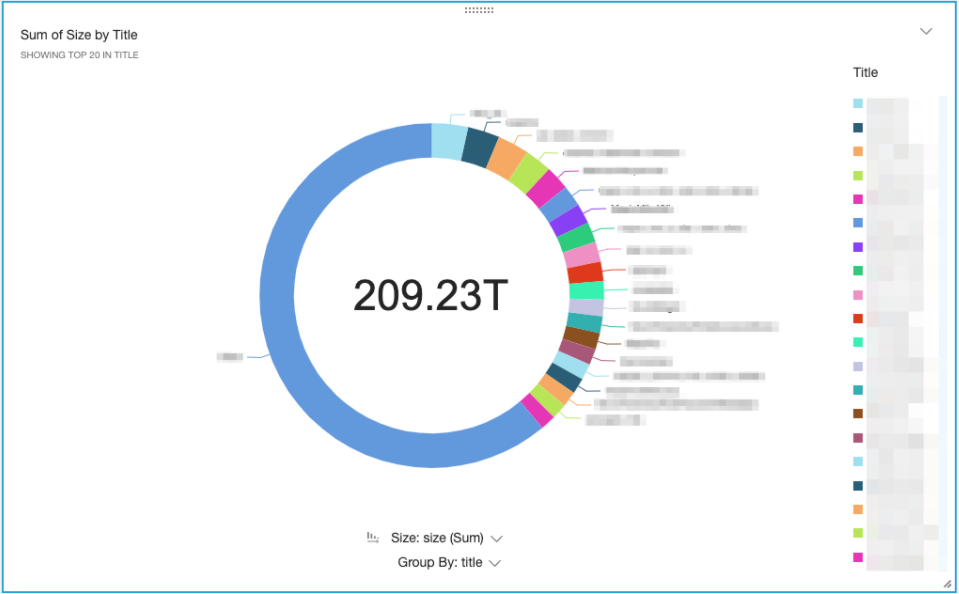
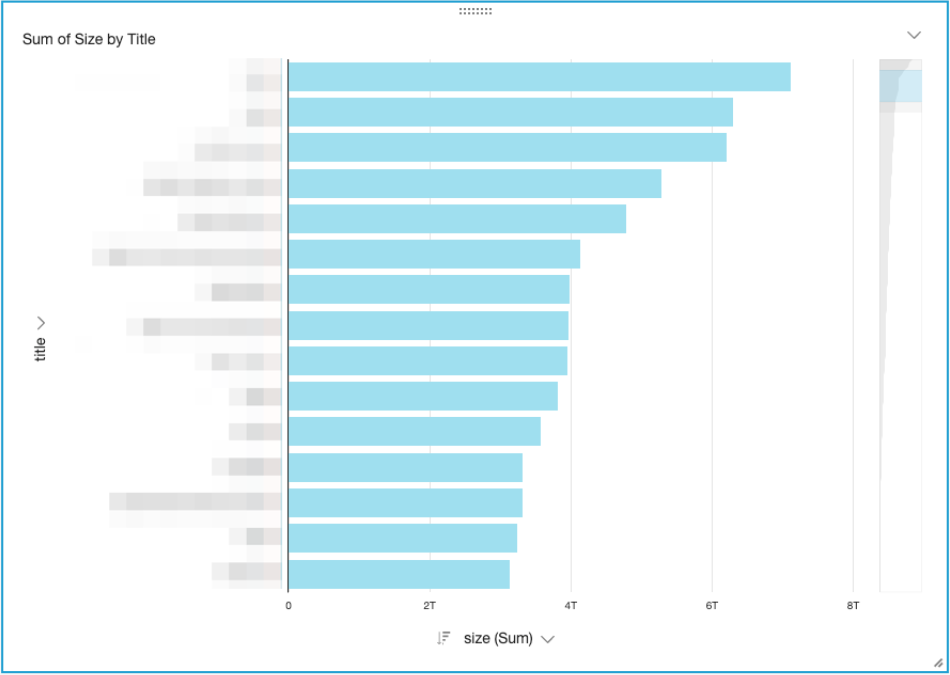
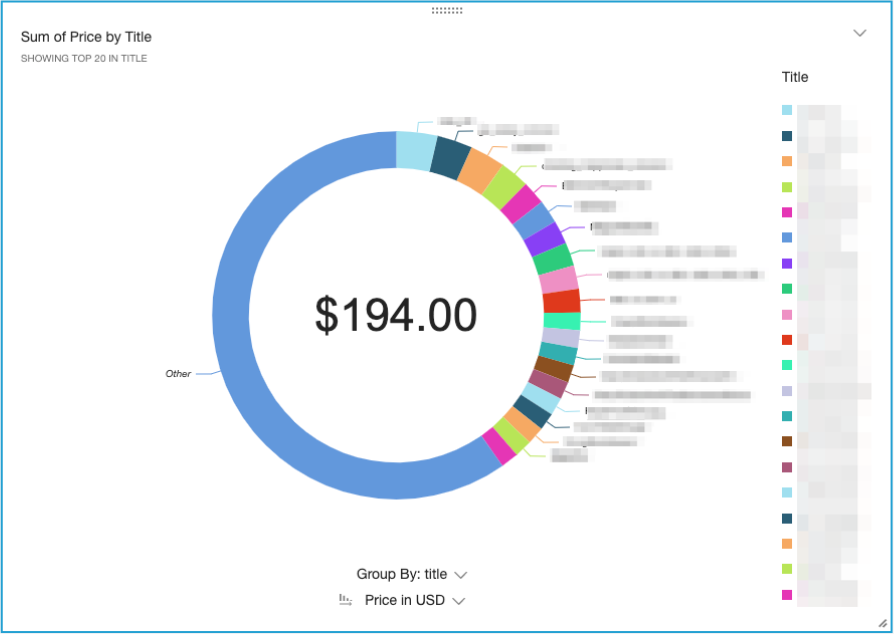
- Cost savings
- S3 vs. Glacier Deep Archive
- Analysis based on on-prem archiving – LTO archiving or Tier 3 storage archiving + overhead
- Enhanced scalability with a cloud-based archiving pipeline
Why TrackIt
Q. What can you say about the quality of communication and customer care you received from TrackIt?
“The quality of communication has been perfect. I can get a hold of [Ludovic Francois] or [Brad Winett] whenever I need to, it’s been great. Either by email, by phone, or on Slack, we’re always in communication.”
– Rick Soto, VP of Global IT Infrastructure, Pixelogic Media
Q. Would you recommend TrackIt to other companies using AWS? Why?
“Yes! In fact, when AWS actually came in here, they brought Ludo! So there’s a sense of partnership and comfort utilizing TrackIt.”
– Rick Soto, VP of Global IT Infrastructure, Pixelogic Media
Q. What are 3 characteristics of TrackIt’s team that stood out to you?
“I would say Collaboration, Expertise, and Partnership”
– Rick Soto, VP of Global IT Infrastructure, Pixelogic Media
Challenge(s):
- Lack of on-prem storage space
- No Archiving Process
Solution(s):
- AWS Archiving Pipeline
Outcome(s):
- Data cleared on-prem
- Cost Savings
- Enhanced Scalability
About TrackIt
TrackIt is an international AWS cloud consulting, systems integration, and software development firm headquartered in Marina del Rey, CA.
We have built our reputation on helping media companies architect and implement cost-effective, reliable, and scalable Media & Entertainment workflows in the cloud. These include streaming and on-demand video solutions, media asset management, and archiving, incorporating the latest AI technology to build bespoke media solutions tailored to customer requirements.
Cloud-native software development is at the foundation of what we do. We specialize in Application Modernization, Containerization, Infrastructure as Code and event-driven serverless architectures by leveraging the latest AWS services. Along with our Managed Services offerings which provide 24/7 cloud infrastructure maintenance and support, we are able to provide complete solutions for the media industry.

